Solutions
Teams
Built for your whole team.
Industries
Trusted by all verticals.
Mediums
Measure any type of ad spend
Platform
Use Cases
Many Possibilities. One Platform.
AI and Automation
The Always-on Incrementality Platform
Teams
Built for your whole team.
Industries
Trusted by all verticals.
Mediums
Measure any type of ad spend
Use Cases
Many Possibilities. One Platform.
AI and Automation
The Always-on Incrementality Platform
Doesn’t attribution indicate incrementality?
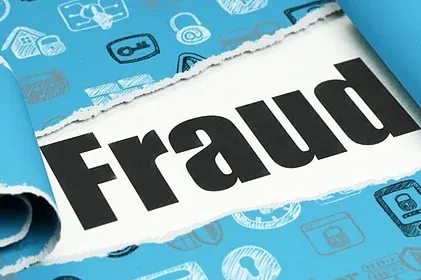
The mobile advertising industry has grown from 0 to over $200 billion dollars in just over 10 years becoming a very lucrative industry to defraud. The majority of this spend has been made for the promotion and distribution of mobile applications. One aspect of mobile app marketing that has differed from the web advertising world is the dependency on 3rd party attribution technology with limited ability to run incrementality tests.
As apps are hosted on the app stores - developers need a technology that can create a match between the impressions/clicks served and the app installs on user devices. Matching is typically done by comparing a unique user identifier (IDFA, GAID) passed as a value to the URL by the publisher for each impression or click. The unique user identifier is taken directly from the user device. In cases where the unique identifier was not available (user opted out of tracking , or the parameter was not available for other reasons) - attribution solutions would try and triangulate other parameters such as: IP, location, device and so on to guesstimate if a click and an install are coming from the same device. Attribution solutions would pass the install indication to a media vendor, letting them know that they “generated” the install (i.e. were the last ones to generate a user click or impression)
Cost Per Install (CPI) or Cost Per Action (CPA) became a very common practice in mobile app advertising. Rather than pay for impressions (CPM) or clicks with no assurance of conversions - App developers paid vendors for installs or in-app events, those tracked and attributed by 3rd party attribution solutions.
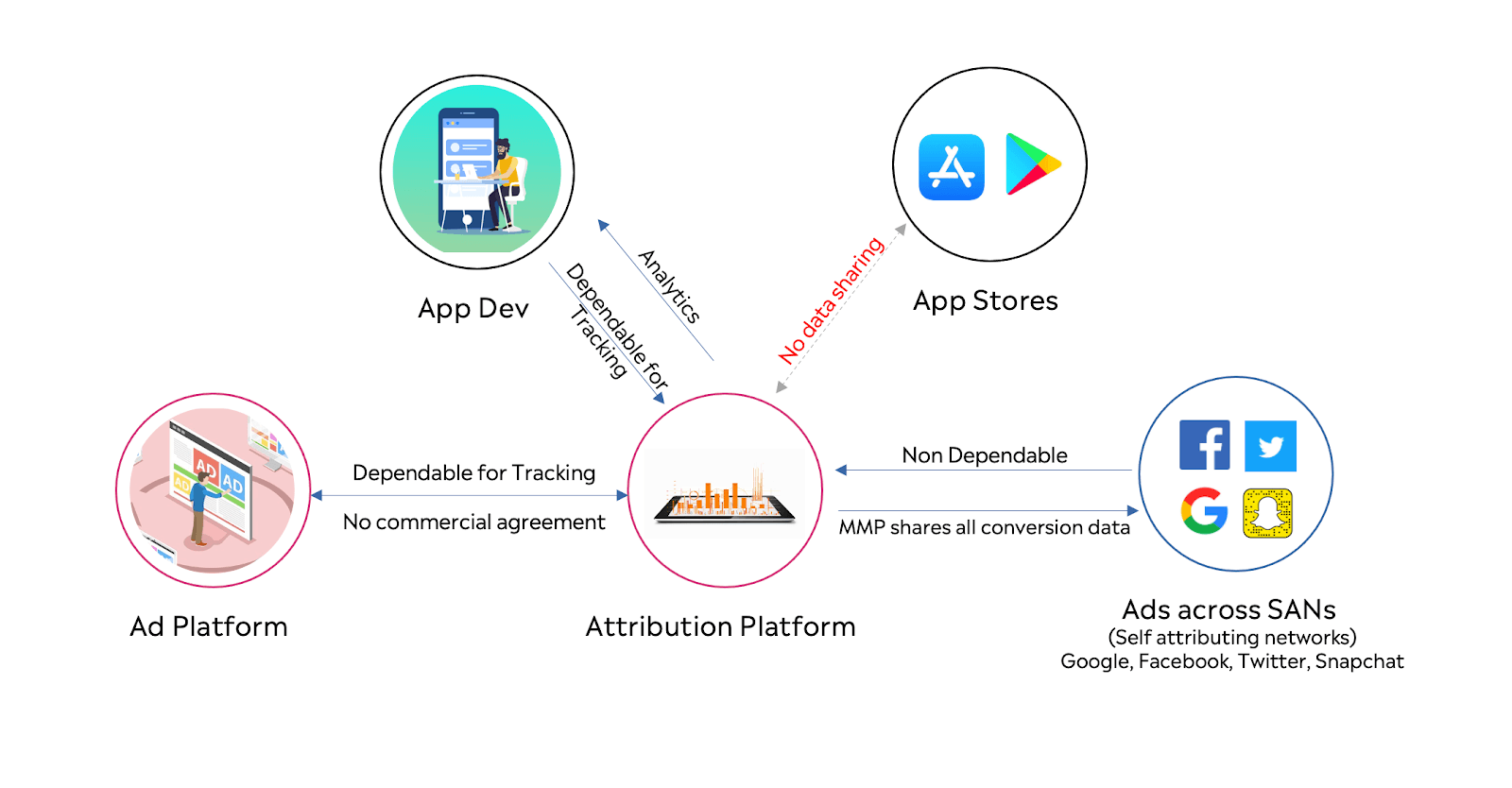
The illustration above shows that mobile advertising is a “patchy” industry. Fraudulent actors learned that big gains can be achieved by winning attributions. A fraudster doesn’t need to hack the much guarded Apple/Google app stores - they just need to trick the attribution mechanics to consider them as the ones that were last to generate a valid user click or impression and win the credit. Fraud is not incremental.
Fraudulent app or SDK “trigger” ad clicks while the app is open or running in the background, without actual user engagement. Some apps or ad network SDKs use javascript code to trigger up to dozens of “clicks” per minute. If a user ends up downloading an app in the app store - the fraudulent app/SDK shows up as the “last one”, thus getting credit to have generated the install.
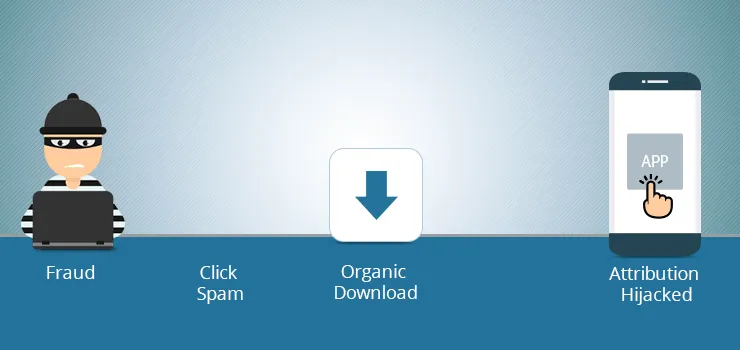
Identical to “Click Spamming” but happens when Advertisers enable “post view” attribution. This type of attribution fraud happens by fraudulent app/SDK triggering impressions (typically for multiple apps in the background, without showing any ad to the user) in the background to win the attribution once a user downloads the advertised app.
“Injection” refers to the action of triggering a click intentionally once the user has started downloading an app, to make sure that the fraudulent publisher/SDK is the last before the user installed the app to win the attribution.
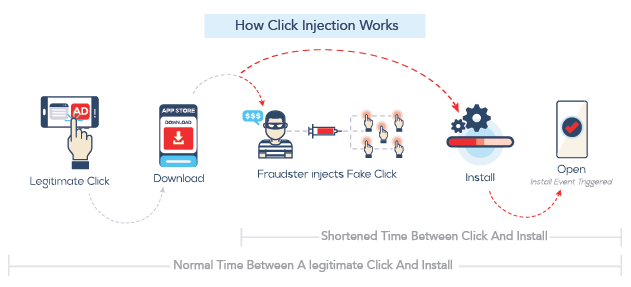
Install spoofing is the process of faking as many steps as possible to cause the mobile attribution platform to think that there was a legitimate install and credit a fraudulent publisher/SDK.
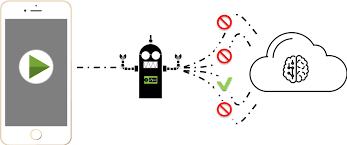
If once this was only a joke - Click and install farms are real.
Fraudsters understood that they can earn nice pocket money or even build an empire by getting credit for installing apps. Some built full on factories in low income countries , but some do it from their parents' home and stream videos on how you can also “make money from home”.
Read More: The History and Future of Mobile Ad Fraud
INCRMNTAL is not a mobile anti fraud platform. Our incrementality measurement platform helps you as a marketer measure value. Our platform does not replace mobile attribution platforms, but understands the needs of customers to understand the incremental value of their marketing activities.
If you want to learn more, visit INCRMNTAL or Book a Demo!

Maor is the CEO & Co-Founder at INCRMNTAL. With over 20 years of experience in the adtech and marketing technology space, Maor is well known as a thought leader in the areas of marketing measurement. Previously acting as Managing Director International at inneractive (acquired by Fyber), and as CEO at Applift (acquired by MGI/Verve Group)